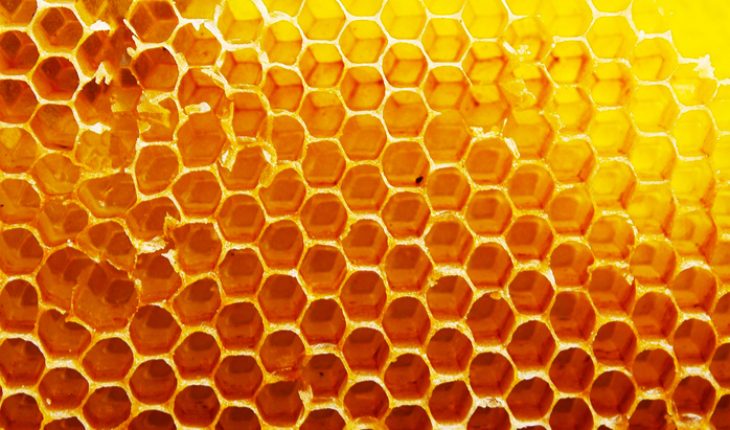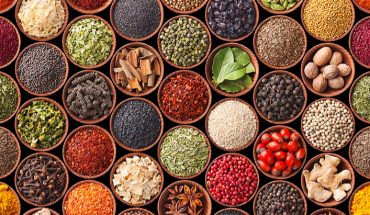The use of honey as a health remedy dates back centuries. This wonder food is mentioned in the Bible and Koran and was also used by the Romans, ancient Greeks and Egyptians. With antibiotics increasingly becoming resistant scientists are looking at alternative ways of controlling infection. Research carried out by my team of scientists and clinicians at the University of Southampton has found that honey may also contain antibacterial and anti-inflammatory properties. Our study (published online in the Journal of Clinical Pathology) examines the antibacterial properties of Manuka honey and its potential use in patients fitted with medical devices, such as urinary catheters, which carry a high infection risk.
Around 100 million urinary catheters, used to drain the bladder of urine, are sold worldwide every year. Up to one in four hospital inpatients may have to use a catheter. However, long-term use is associated with frequent complications, such as inflammation and infection. We have been able to demonstrate that diluted honey is potentially a useful agent for reducing biofilm formation on indwelling plastic devices such as urinary catheters. Catheter infection rates can account for a large proportion of hospital-acquired infections – it is an area of clinical practice that needs addressing. We hope that these results may offer an alternative way of preventing such infections. We believe that patients might also benefit from honey’s anti-inflammatory properties, which are generally stronger in light honeys, such as Eucalyptus and that antibacterial resistance is unlikely to be a factor when honey is used.
Manuka honey is a monofloral honey produced in Australia and New Zealand from the nectar of the manuka tree. Different types of honey have different properties: Dark honey is useful for anti-bacterial activity and light honey has inflammatory properties. To find out if Manuka honey has a role in stopping the establishment and development of biofilms, we cultured strains of Escherichia coli and Proteus mirabilis bacteria on plastic plates in the laboratory. These two bacteria account for most of the urinary tract infections associated with long-term catheter use. The honey was diluted with distilled water and added to medium to give different ‘strengths’: 3.3 per cent, 6.6 per cent, 10 per cent, 13.3 per cent, and 16.7 per cent.
In the first part of the experiment, the various dilutions were added at the same time as the bacteria in two of the wells of each of the 96 plates, and just plain medium or artificial half strength honey to the other two wells. These were then sealed and incubated for 24, 48, and 72 hours to see whether the honey had any effect on the formation of a biofilm.
In the second part of the experiment, honey was added after 24 hours and incubated for either a further 4 or 24 hours to see if honey restricted growth of the biofilm. The results showed that Manuka honey strongly inhibited the ‘stickiness’ of the bacteria, and therefore the development of a biofilm. Even at the lowest dilution of 3.3 per cent, it curbed stickiness by 35 per cent after 48 hours compared with the plain medium and artificial honey.
But the greatest effect was seen after three days and at a dilution of 16.7 per cent, when stickiness had been reduced by 77 per cent. All the dilutions suppressed this by around 70 per cent after three days.
As to the impact of Manuka honey on further growth, the 16.7 per cent dilution restricted growth by 38 per cent after 4 hours and by 46 per cent after 24 hours. The impact was even stronger after 48 hours, but not for the weaker dilutions of 3.3 per cent and 6.6 per cent.
Our research only related to the stickiness of bacteria and early biofilm development under controlled laboratory conditions and further studies in which clinical conditions more closely resembling the flow of liquid in the bladder would be needed before any firm conclusions could be drawn.
It is unlikely that honey will trigger antibacterial resistance to pathogens. It is now common practice to treat pressure ulcers in hospital with honey poultices. Apart from its anti-bacterial and anti-inflammatory properties, honey also seems to promote the formation of new blood vessels.
- As sweet as manuka honey - 1st October 2016






